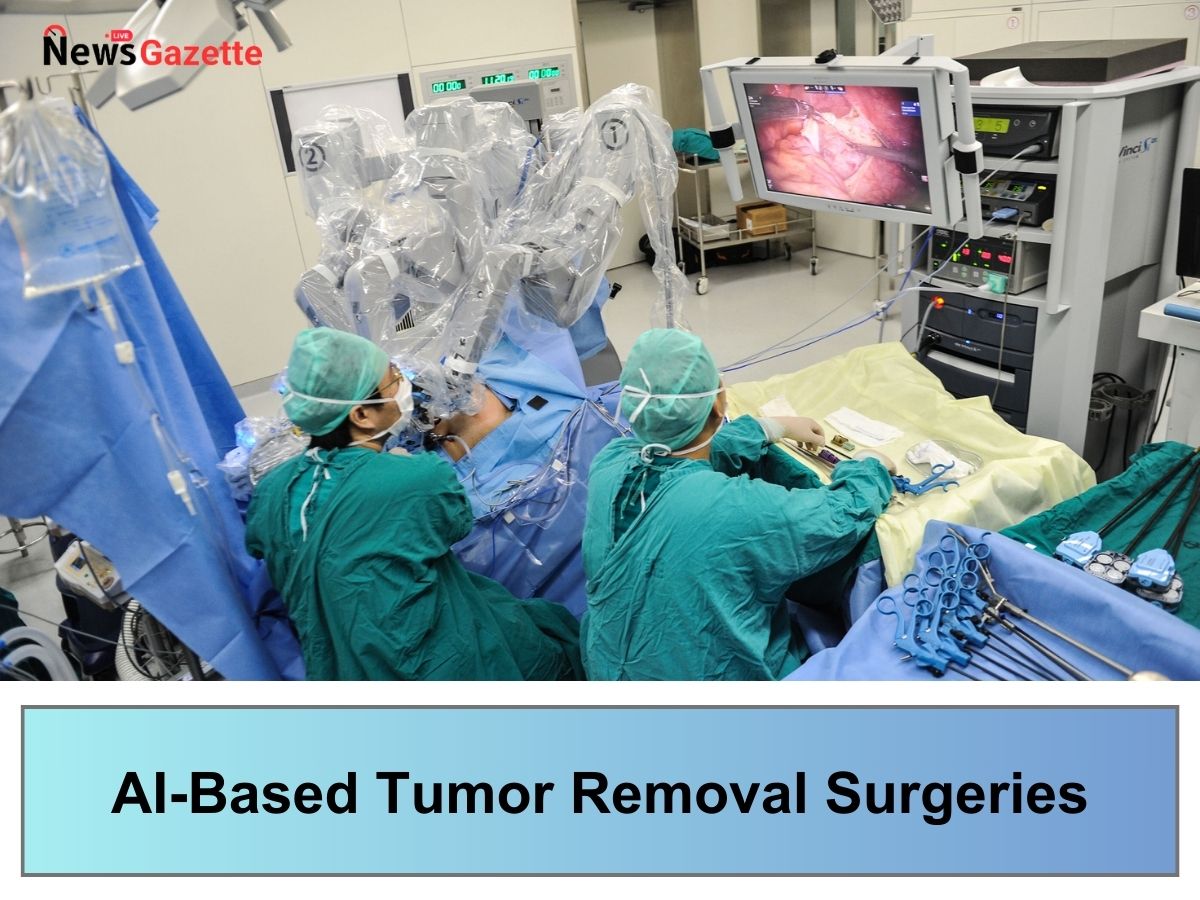
AI-Based Tumor Removal Surgeries
With roots embedded deep in our history, artificial intelligence (AI) today has merged branches in every sector of society. The 2020s marks the advent of a new era with revolutionary discoveries in the field of artificial intelligence (AI) and machine learning (ML). A barrage of newly introduced machine learning tools has gained massive attention with discussions focusing on their proper uses and secondary applications. An area with a massive scope is artificial intelligence based statistical prediction models. Making their presence in various sectors, these prediction models have been successfully integrated in climate control services, drug development, finance automation, etc. The recent development of artificial intelligence into operative procedures has become a topic of interest for several scientific communities.
The UNC Department of Surgery in collaboration with the Joint UNC-NCSU Department of Biomedical Engineering, and the UNC Lineberger Comprehensive Cancer Center developed a revolutionary AI model to predict various parameters associated with tumor removal surgeries for breast cancer. Accounting for 30% of all new cancer cases in women annually, breast cancer is one of the most prominent female health problems globally. Add to this a 6% chance of recurrences post-mastectomies, the condition often blindsides physicians worldwide. The section chief of breast surgery in the Division of Surgical Oncology, Kristalyn Gallagher said, “Some cancers you can feel and see, but we can’t see microscopic cancer cells that may be present at the edge of the tissue removed. Other cancers are completely microscopic” Offering accurate and rapid results, the researchers published their findings in the journal Annals of Surgical Oncology.
Read Also: Tears Powered Smart Contact Lenses
During a general mastectomy, the surgeon will resect the tumor mass along with a small amount of surrounding healthy tissue. This is done to avoid recurrence of tumor due to any remaining cancerous cells. The extracted mass is then analyzed under a mammography machine. The mammographs are further sent to pathology for analysis. The pathologist asses the mammographs to confirm the integrity of the pathological margin I.e., a continuous cancer free layer of cells. Abnormalities observed in this post-surgery step can warrant a secondary procedure. However, this process can take up to a week after the operation. This creates a major lag in proper treatment and increases the chances of metastasis.
The UNC’s AI model is programed to recognize a positive and negative margin. Researchers used several past dissected mammogram images; these images were then matched with the final reports provided by their pathologists. Demographic data from patients, such as age, race, tumor type, and tumor size were also analyzed by the scientists aid the AI. After a series of trials and testing followed by fine tuning procedures the researcher presented their completed model.

Joshua Austin joined News Gazzte as a senior editor in 2023. Joshua is an automotive journalist who previously worked as an autonomous vehicle test engineer at Uber. He holds a bachelor’s degree in computer science, with a specialization in technical writing and journalism. Joshua’s enthusiasm lies in automotive technology and the evolution of transportation. He remains vigilant in tracking the most recent developments in electric vehicles, autonomous driving, and other emerging technologies.
